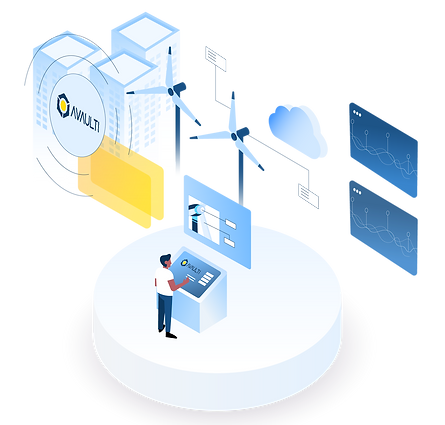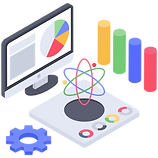
Data Science & Predictive Analytics
Our services span the entire data science lifecycle, including data engineering, exploratory data analysis, feature engineering, model development, and deployment. We specialize in predictive analytics, time series forecasting, anomaly detection, and AI-powered recommendation systems tailored to industry-specific challenges. Our expertise extends to cloud-based analytics, MLOps, and real-time data processing, ensuring scalable and high-performance solutions. Additionally, we provide NLP solutions, computer vision applications, and deep learning-based automation to extract maximum value from structured and unstructured data. Whether optimizing supply chains, detecting fraud, or personalizing customer experiences, our data science solutions empower businesses to make intelligent, data-driven decisions.




Data Analysis and Feature Engineering
Effective data science processes require a structured approach, starting with exploratory data analysis (EDA) to understand data distributions, detect anomalies, and identify patterns. Feature engineering follows, where domain knowledge is applied to create meaningful variables that enhance model performance. Model development involves selecting appropriate algorithms, tuning hyper-parameters, and validating results using robust evaluation metrics. Our development is done in Python using PyTorch and TensorFlow frameworks.
Predictive Analytics and Forecasting
Predictive analytics involve selecting the right model, ensuring high-quality data, and continuously monitoring performance for real-world applicability. Time series forecasting requires handling trends, seasonality, and stationary while using appropriate models like ARIMA, LSTMs, or Prophet. Anomaly detection benefits from defining clear thresholds, using statistical and machine learning techniques, and minimizing false positives.
Applications, use case and integration
Building effective NLP solutions requires high-quality text preprocessing, domain-specific embeddings, and transformer-based models for accuracy. Computer vision applications benefit from large, well-annotated datasets, augmentation techniques, and efficient architectures like CNNs and Vision Transformers. Deep learning demands careful model selection, hyperparameter tuning, and avoiding overfitting with regularization. Cloud-based analytics ensures scalability, cost-efficiency, and security while leveraging distributed computing. MLOps streamlines model deployment, monitoring, and automation for reproducible and reliable AI systems.
%20(1).png)